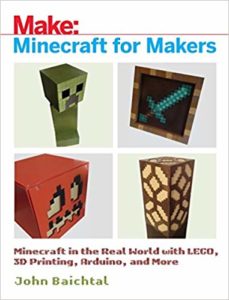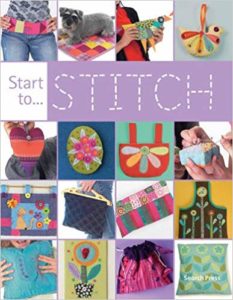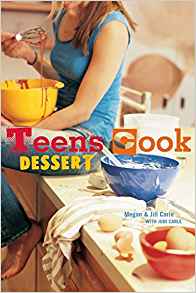Tomorrow and Tomorrow and Tomorrow by Gabrielle Zevin
Sam Mazur and Sadie Green first met, at age 11, in a hospital game room in California. Sadie was at the hospital visiting her older sister, Alice, who was fighting cancer, and Sam was recovering from a horrific car accident that left his foot crushed. Sadie had upset her sister and been banished from the hospital room and a nurse noticed her and told her of the hospital’s game room. It was a quiet first meeting; unbeknownst to Sadie, Sam had hardly spoken to anyone since the car accident. While they did not speak much, they had a great time trading the Nintendo controller back and forth playing Super Mario Brothers, while discussing Oregon Trail and the woes of dying from dysentery.
When hospital staff learn Sam not only spoke to Sadie, but also engaged with her by playing video games for hours, they encourage her to continue to visit the hospital. Her mother even mentions that it could count toward her community service goal that she is working on for her Bat Mitzvah. Sadie continues to visit Sam and the two are fast friends, however, Sadie does not tell Sam that she is receiving community service credit for all the time she spends playing with him. Nor, that she would have continued their visits without the community service credit. She loves their time together and Sam is the best friend she has ever had. Eventually, Sam learns of Sadie’s deception, and believes that her actions were purely motivated by the service project. After fourteen months of friendship, fun and games their weekly visits end.
While they sometimes see each other at high school functions, the two do not speak again until a chance encounter takes place in Massachusetts, on a subway platform. Sadie is attending MIT, and is running late for a class, and Sam who is attending Harvard has just exited the subway when he passes Sadie, recognizes her and calls out. They make small talk, and then upon departing Sadie asks Sam if he still plays games. He says he does and Sadie shares a disc containing a game she has created for one of her classes.
Later that night, Sam and his roommate Marx play the game together and are both impressed with Sadie’s work. Sam is soon brainstorming ways to get Sadie to work with him during summer break to create a game of their own. When approached with the idea Sadie is interested and what follows is the first in a series of collaborations that will span a lifetime.
The remainder of the novel shares their adventures in gaming, and while many others enter the story, Sam and Sadie remain the central focus. Theirs is one of friendship and love, but also distrust, and at times, heartbreak.
Author Gabrielle Zevin is a master storyteller and her character development is brilliant. Each one is so completely developed it is hard to stop thinking about them even after finishing the novel. Zevin’s work is breathtaking and should not be missed. I loved this book! It has a backdrop of 90s style gaming that combines with well-rounded, yet flawed characters to tell a compelling story of love, distrust, hope, hurt and healing. It is a love story, but not in the traditional sense. Sam says it best, “To play requires love and trust.” I feel this about reading, too. It requires trust of the author and Zevin does not disappoint.
Find the book in the catalog.
Review written by: Jeana Gockley, Joplin Public Library Director




